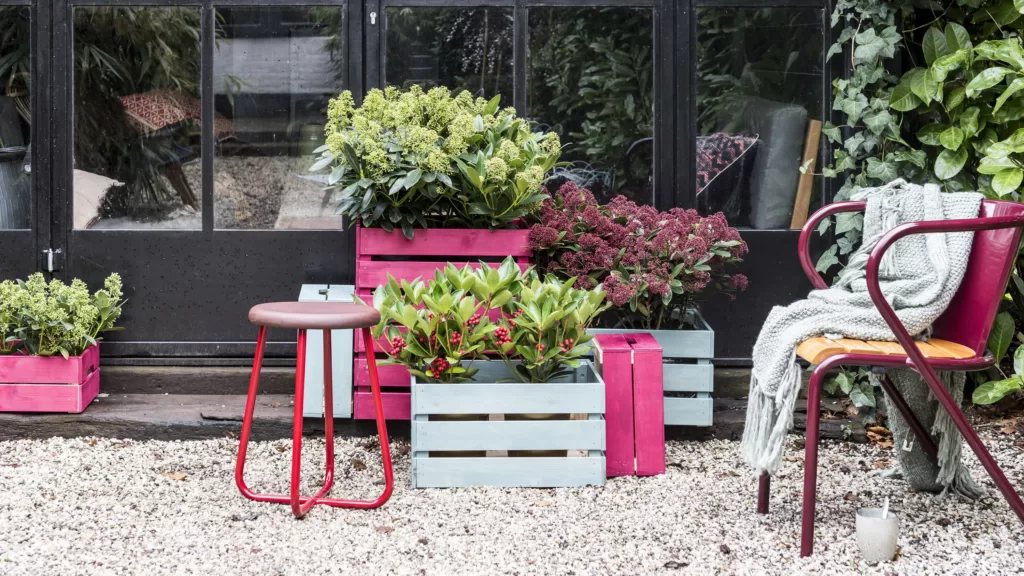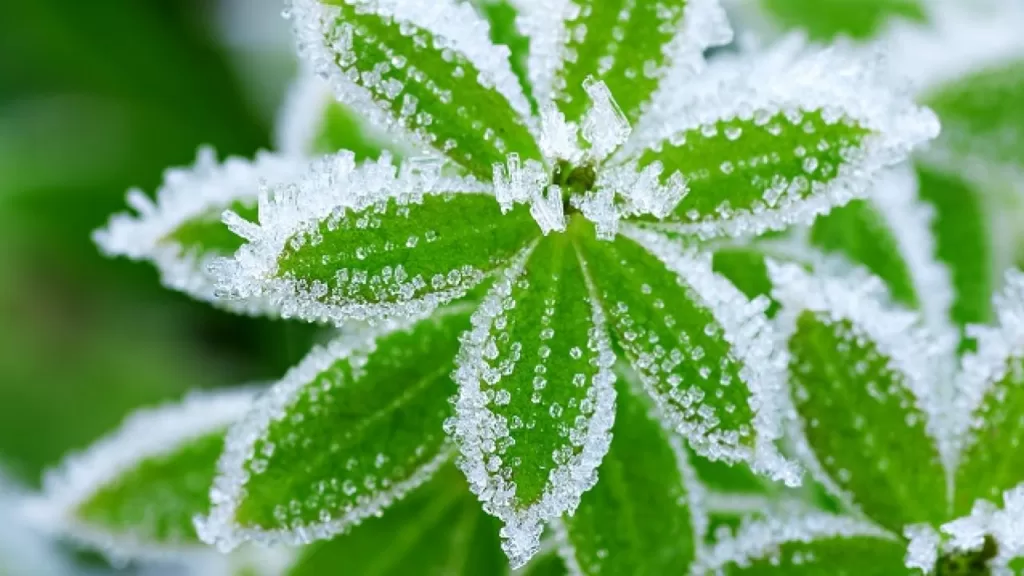As a first-time gardener, you may be wondering how to protect your outdoor plants during the winter months. The good news is that there are several steps you can take to ensure that your plants survive the cold temperatures and harsh weather conditions.
In this article, we’ll cover everything you need to know about protecting your outdoor plants during the winter, including the different types of plants that are at risk, the steps you can take to prepare your garden for winter, and the tools and equipment you’ll need to get the job done.
As the winter season approaches, it is important to take steps to protect your outdoor plants from the harsh weather conditions. Even if your plants are cold-hardy, they may still need some extra attention to ensure they survive the winter. In this informative guide, we will provide you with tips on how to protect your outdoor plants during winter.

- Understand Your Plant’s Cold Hardiness Zone
The first step in protecting your outdoor plants during winter is to understand their cold hardiness zone. The USDA has developed a plant hardiness zone map that divides the United States into 13 zones based on the average annual minimum temperature. This map can help you determine which plants are best suited for your area and which ones may need extra protection during the winter.
- Water Your Plants Before the Ground Freezes
Before the ground freezes, it is important to give your plants a deep watering. This will help them stay hydrated throughout the winter months. Be sure to water the plants thoroughly, but avoid overwatering as this can cause damage to the roots.
- Mulch Your Plants
Mulch is a layer of material placed over the soil to protect it from the elements. In the winter, mulch can help regulate soil temperature and moisture, and provide insulation for the roots of your plants. Organic mulch, such as straw or leaves, is ideal for protecting your outdoor plants during winter. Spread a layer of mulch around the base of your plants, making sure to keep it away from the stem.
- Cover Your Plants
Covering your plants is another effective way to protect them from the harsh winter weather. There are several materials you can use to cover your plants, including blankets, burlap, or frost cloth. These materials will help retain heat and prevent frost damage. Be sure to remove the covers during the day to allow your plants to receive sunlight and air.
- Prune Your Plants
Pruning your plants before the winter season can help protect them from damage caused by heavy snow or ice. Remove any dead or diseased branches, as well as any branches that are crossing or rubbing against each other. Prune your plants to create a more compact shape, which will reduce wind damage.
- Move Your Plants Indoors
If you have small plants or potted plants, you may want to consider moving them indoors during the winter months. Place them in a sunny location, such as a south-facing window, and keep them away from drafts.
- Protect Your Plants From Wind
Winter winds can be harsh on outdoor plants, especially if they are in an exposed location. Create a windbreak by placing a barrier, such as a fence or a row of shrubs, around your plants. This will help protect them from wind damage.
- Remove Snow Buildup
Heavy snow buildup can damage your outdoor plants. If you notice snow accumulating on your plants, gently brush it off with a broom or soft-bristled brush. Be careful not to break any branches or damage the plant.
- Monitor Your Plants
It is important to monitor your plants throughout the winter to ensure they are healthy and thriving. Check for signs of damage, such as broken branches or yellowing leaves. If you notice any problems, take action to correct them as soon as possible.
- Be Prepared for Sudden Temperature Changes
Winter weather can be unpredictable, with sudden drops in temperature or unexpected warm spells. Be prepared for these changes by monitoring the weather forecast and being ready to take action to protect your plants if necessary.

Top 10 FAQ’s on How to Protect Outdoor Plants During Winter:
- Can I leave my outdoor plants outside during winter? Answer: It depends on the plant’s cold hardiness zone. Cold-hardy plants can generally be left outside during winter, while more tender plants may
- require extra protection. It is important to research your specific plant and its hardiness zone to determine whether it can survive the winter outside.
- How often should I water my outdoor plants during winter? Answer: Water your plants deeply before the ground freezes, and then monitor the soil moisture throughout the winter. Only water when the soil is dry to the touch, being careful not to overwater as this can cause damage to the roots.
- What kind of mulch is best for protecting outdoor plants during winter? Answer: Organic mulch, such as straw or leaves, is ideal for protecting outdoor plants during winter. These materials provide insulation and help regulate soil temperature and moisture.
- Can I use plastic to cover my outdoor plants during winter? Answer: While plastic can be used to cover outdoor plants, it is not the best material as it can trap moisture and cause damage to the plant. It is better to use materials such as blankets, burlap, or frost cloth.
- Should I prune my outdoor plants before or after winter? Answer: It is best to prune your outdoor plants before winter to protect them from damage caused by heavy snow or ice. Remove any dead or diseased branches, as well as any branches that are crossing or rubbing against each other.
- Can I move my outdoor plants indoors during winter? Answer: Small plants or potted plants can be moved indoors during the winter months to protect them from the cold. Place them in a sunny location and keep them away from drafts.
- How do I protect my outdoor plants from wind damage during winter? Answer: Create a windbreak by placing a barrier, such as a fence or a row of shrubs, around your plants. This will help protect them from wind damage.
- Can snow buildup damage my outdoor plants? Answer: Yes, heavy snow buildup can damage your outdoor plants. Gently brush off any snow accumulation with a broom or soft-bristled brush to prevent damage.
- What should I do if I notice damage to my outdoor plants during winter? Answer: Take action to correct any damage as soon as possible. Prune any broken or damaged branches, and monitor the plant’s health to ensure it is recovering.
- How can I prepare for sudden temperature changes during winter? Answer: Monitor the weather forecast and be prepared to take action to protect your plants if necessary. Keep covers and other protective materials on hand, and be ready to move smaller plants indoors if needed.





